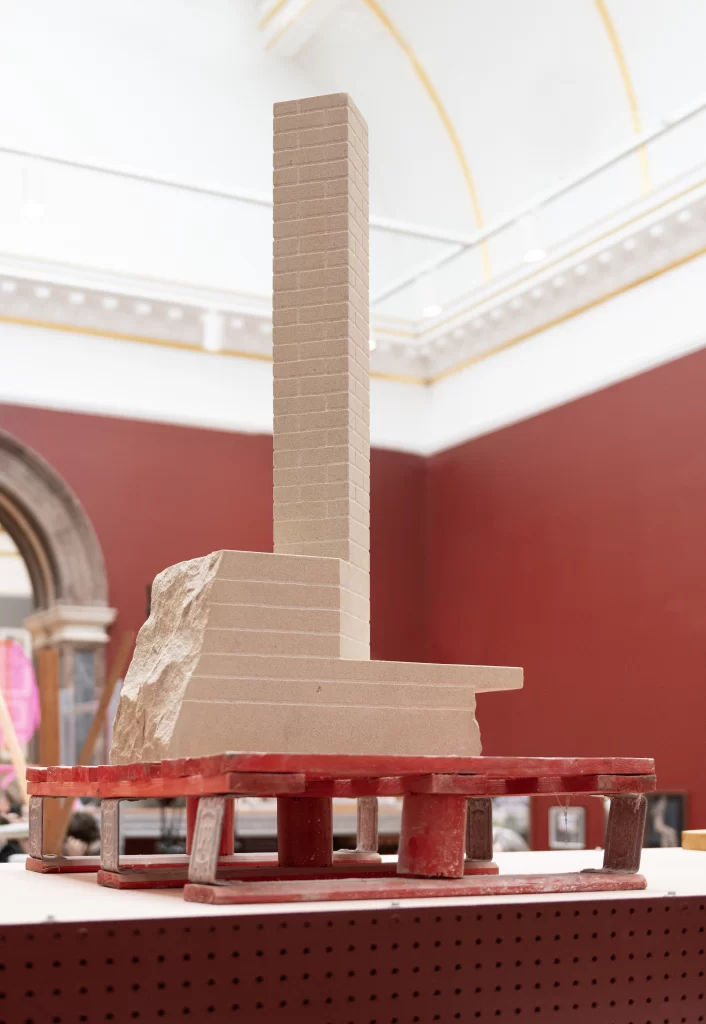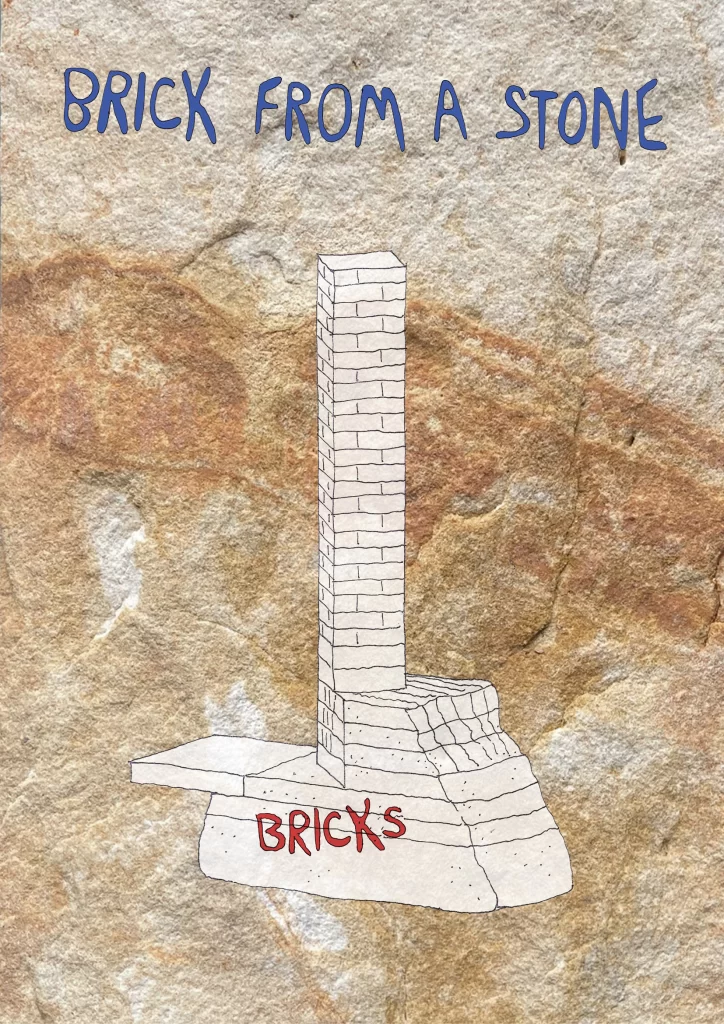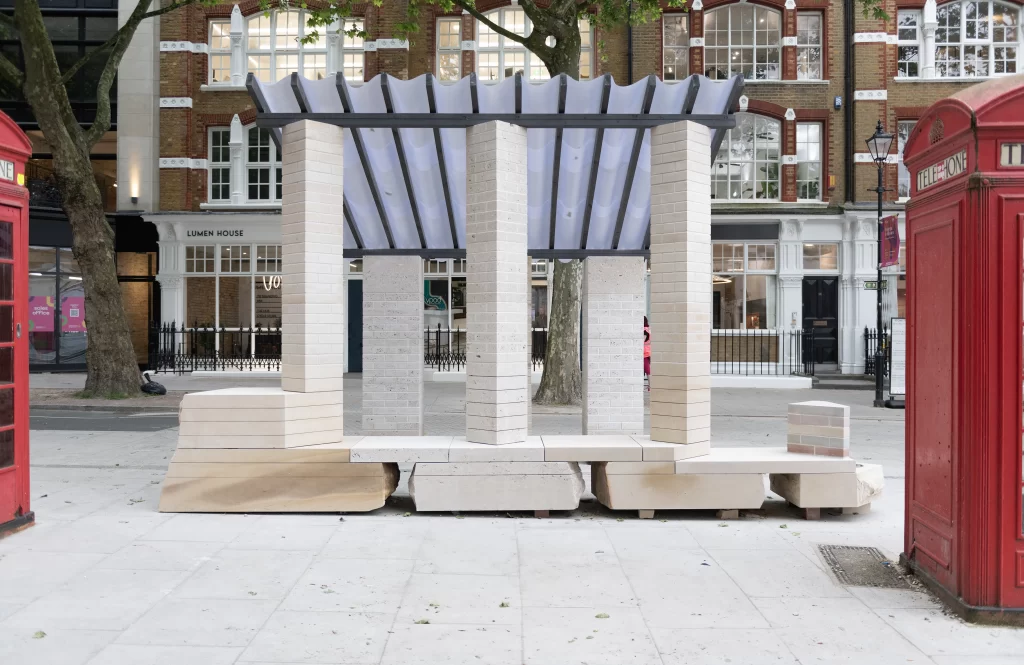“Brick from a Stone” maquette exhibited at The Summer Exhibition, The Royal Academy of Arts
A maquette for Brick from a Stone, an installation that appeared at Clerkenwell Design Week 2024 in May, has been selected for the Architecture rooms at The Summer Exhibition at the Royal Academy of Arts.
British stone suppliers Albion Stone and Hutton Stone commissioned London-based architecture practice Artefact to design Brick from a Stone to demonstrate the low impact manufacturing journey stone takes to be turned into a brick. Both companies have invested in state-of-the-art machinery to turn ‘unloved stone’ (blocks/slabs of limestone and sandstone with superficial inconsistencies) into new collections of stone bricks.

The 3-metre-tall Brick from a Stone installation at Clerkenwell Design Week showcased the huge potential stone bricks have as a beautiful low-carbon building material. Consisting of just under 900 stone bricks, its embodied carbon was less than a quarter of what it would have been if it had been built from traditional clay-fired bricks.
The installation was such as success that Artefact worked closely with Hutton Stone to produce a 1:3 maquette of one of the columns sculpted from a boulder of Darney Sandstone from its quarry in North Northumberland. The maquette was then submitted to Assemble RA, the committee that has curated the Architecture rooms for the world-famous Summer Exhibition this year. Assemble RA specified that it “welcomed submissions that focus on and reflect on making as a process.”

“We’re thrilled that our maquette of Brick from a Stone has been selected for such a prestigious exhibition,” said Benedetta Rogers, Director of Artefact. “It celebrates the traditional skills and new technologies used today to carve in stone and embraces all the imperfections that come from a natural material.”
“The piece hints at the potential to create a new low-carbon vernacular for masonry buildings in the UK” added fellow Director, Daniel Marmot.
“The Royal Academy of Arts has given us a chance to showcase the craftsmanship of stone masonry which has declined since the wide adoption of concrete ushered in by Modernism,” explained Marcus Paine, managing director of Hutton Stone. “The maquette also shows how we’re turning our ever-growing surplus of so-called imperfect stone into a low-carbon construction material. Any waste is unacceptable in the current climate crisis, so fundamentally this is the right thing to do.”
In early 2018, Hutton Stone supplied the Royal Academy with Darney Sandstone for internal paving and skirting for alterations and restoration.
“As reducing embodied carbon in buildings becomes a priority, we expect architects to be drawn to the sustainability credentials of these stone bricks,” added Michael Poultney, managing director of Albion Stone. “We’re now set up to produce a million stone bricks a year. This is just the start.”










